So, as time grew tough and people are expected to stay indoors longer than ever, don’t you consider taking your business to your customer’s home?
The mobile revolution is here affecting lives stronger than ever before.
Having a mobile eCommerce app is the trend today. It is the easiest way to reach your audience and provide them the services.
Apps have become an indispensable part of our lives. With the scope of the Internet expanding so well, apps seem to be a cheap solution for targeting a wider audience ensuring connectivity, across boundaries, across regions, across districts, and domains.
With the outbreak of the pandemic, online delivery of essential goods and services are no more a choice but has become a government priority.
The scope has expanded to the regions where it was unheard of. The capacity is being extended and explored.
This is a high time to leverage on an eCommerce app and help push your sales and profits in the upward direction.
Before you start wondering about hiring a website developer to make your entrance into the digital domain, let’s talk about the success principles of an eCommerce app.
A Successful and High Engaging Ecommerce App
Before you plan to take your business online, let’s talk about the basic principles of a successful and high-returning eCommerce app that would help your audience enjoy your services from the comforts of their bedrooms.
Principle 1: Assessment for Customers
When you decide to take your business to your audiences’ devices make sure it has everything that they would need.
Never miss an update from us. Join 10,000+ marketers and leaders.
All the services, products, and variations should be mentioned clearly and easy to navigate. The ability to bring on-screen what your customer wants is the key here.
Principle 2: Life Is Easy for Customers
It is important that the app you are about to launch serves its purpose well. It should be designed and developed in a way that the user can easily navigate through it and make payments.
If your users get what they want in the shortest navigation, your app is going to slay the market, surely.
Principle 3: Element of Surprise for Your Customers
This is one thing that is going to earn you great ROI. Surprises are something that everyone loves!
Add some interesting elements, offers, and discounts for your customers that would make them stay connected with your business.
And if you have something interesting that your customers need to know about then just a few notifications. Interesting way to market, isn’t it?
Principle 4: Space for Your Customers
Give your customers some space for themselves. They need to express their gratitude, complaints, and reviews.
This is a great way to see if your customers love your product or not. Also, this would increase their engagement with the app.
You can click here to hire salesforce consulting services to come up with a CRM your customers can engage with easily. Done!
These are the four principles on which the foundation of an eCommerce app is built.
It is important that your eCommerce app developer sticks to these principles before bringing something else on the stage.
Now that we know the principles let’s further move ahead and see how to develop an eCommerce app your customers would love.
Develop an Ecommerce App That Sells!
When speaking of Eommerce app development a lot of organizations have sailed through the turn of tides in the app market.
They all excel in building applications that are unique for each customer. Here’s a detail of the process of building an eCommerce app that succeeds in today’s market scenario.
Define the Niche
The first thing before you set a store is to know what you are going to sell.
This is the first step. Identify your niche and enlist the products and the variations that you plan to sell. Studying your audience and the targeted area is a great move.
When your niche is decided, the buying tendencies, popular items, importing certain stuff, etc. can be explored better.
Knowing the niche would help you determine the design and style of your app.
List Essential Features
When the product engineer plans your app, it is important they enlist the features that need to include in your app.
These features should fulfill the purpose of your app and help the audience reach the desired item in the least number of clicks.
Some essential features that the simplest eCommerce app to the most creative ones should have been are mentioned here:
- Authentication feature for app set up
- Categories and subcategories to search for the product
- Review system to increase user engagement
- Integrate payment methods
- Interesting and compelling push notifications
- 24*7 customer support
- Features for intuitive analysis
These are just a few features that even the basic eCommerce app has. You can further add features that would make things easier for you and impress your customers.
Design Element Aesthetic
The pinnacle of the success of your app is its visual appeal. The user aiding design makes it easier for the customer to interact with the app.
Coming up with a design that interacts with the user and provides keys and buttons to navigate easily is something that your customers would love.
The important points to consider here are:
- Placement of essential features
- Simplifying check-out process
- Ease of order placing
- Simple tracking
These are a few things that your product engineer needs to consider before the implementation and development part begins.
Find the Right Platform
Now, that we have moved to the development part, it is important to find the right platform for developing your eCommerce app. It could be android, ios, or Progressive Web App.
Many on-demand app developers make it easier for their clients to select the right platform considering the region of their operation, the economic situation of priority customers are all the determining factors of platform selection.
The right platform makes it easier for you to reach the target market and generate the expected ROI.
Test Your Application
As the platform is decided, we next move to eCommerce application development. Often developers ensure the working of functionalities and features with the help of a QA and testing team.
Some of the standard test cases that are considered are:
- Execution pattern eCommerce application
- Online payment functionality
- Compatibility with web browsers
- SEO and mobile responsiveness
- Social Media integration
Testing and quality analysis of the app is important. Once the app clears this phase, you can be assured of bringing in the market a flawless app.
Launch Your App
Now is the right time to launch your app. In the first phase, you would rather be interested in marketing strategies to make your app popular before it is brought to the market.
Most companies use traditional techniques like social media promotions, google ads, video ads, and many other techniques like gaming, offers, etc to take the app to the right audience as quickly as possible.
And with this, you are all set to hit the market with your eCommerce mobile application!
Bonus
One thing that keeps any eCommerce-based company moving ahead of its competition is its way of treating the customer and responding to their queries.
I’ve worked with the team at Andolasoft on multiple websites. They are professional, responsive, & easy to work with. I’ve had great experiences & would recommend their services to anyone.
Ruthie Miller, Sr. Mktg. Specialist
Salesforce, Houston, Texas

One needs to be really creative and think out-of-the-box to reflect their care and affection for the customers.
Find out innovative strategies to engage your customers with the app and you are ready for the long run.
Conclusion
A dexterous study of the steps here would help you come into the market with an app that reflects well.
Most developers follow these steps to make sure that their client’s app is unique and innovative and hits the road to success in a matter of weeks.
If you are looking forward to coming up with an eCommerce app like Amazon or eBay, all you need is to have a basic plan ready.
Once you have a basic plan of what you need, hitting the market with a high-reflecting app would become a child’s play.

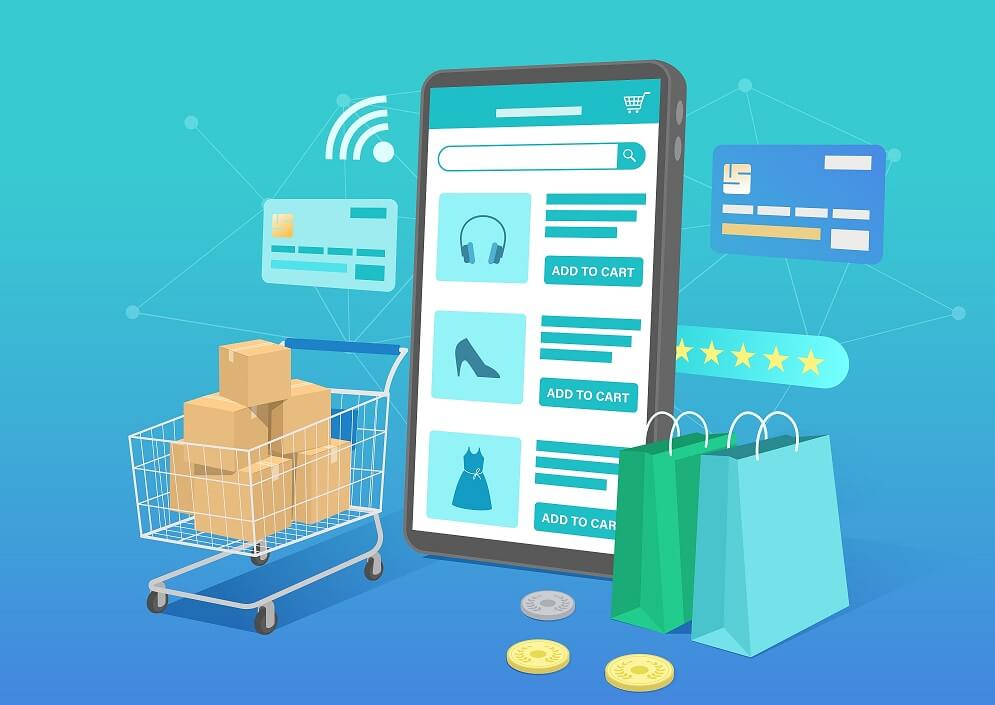

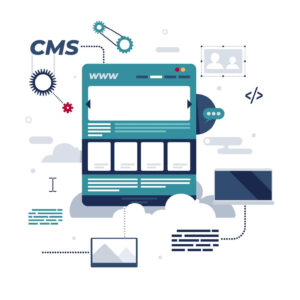


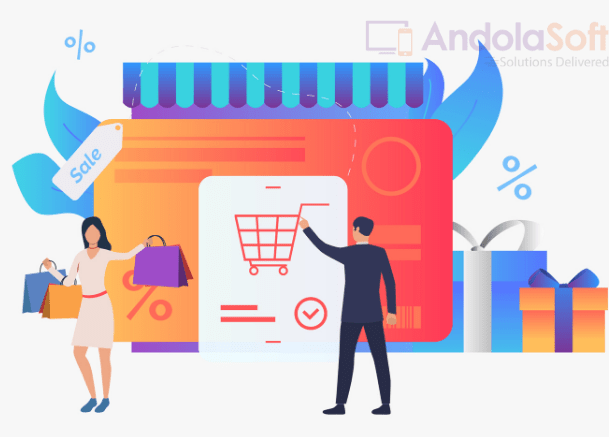
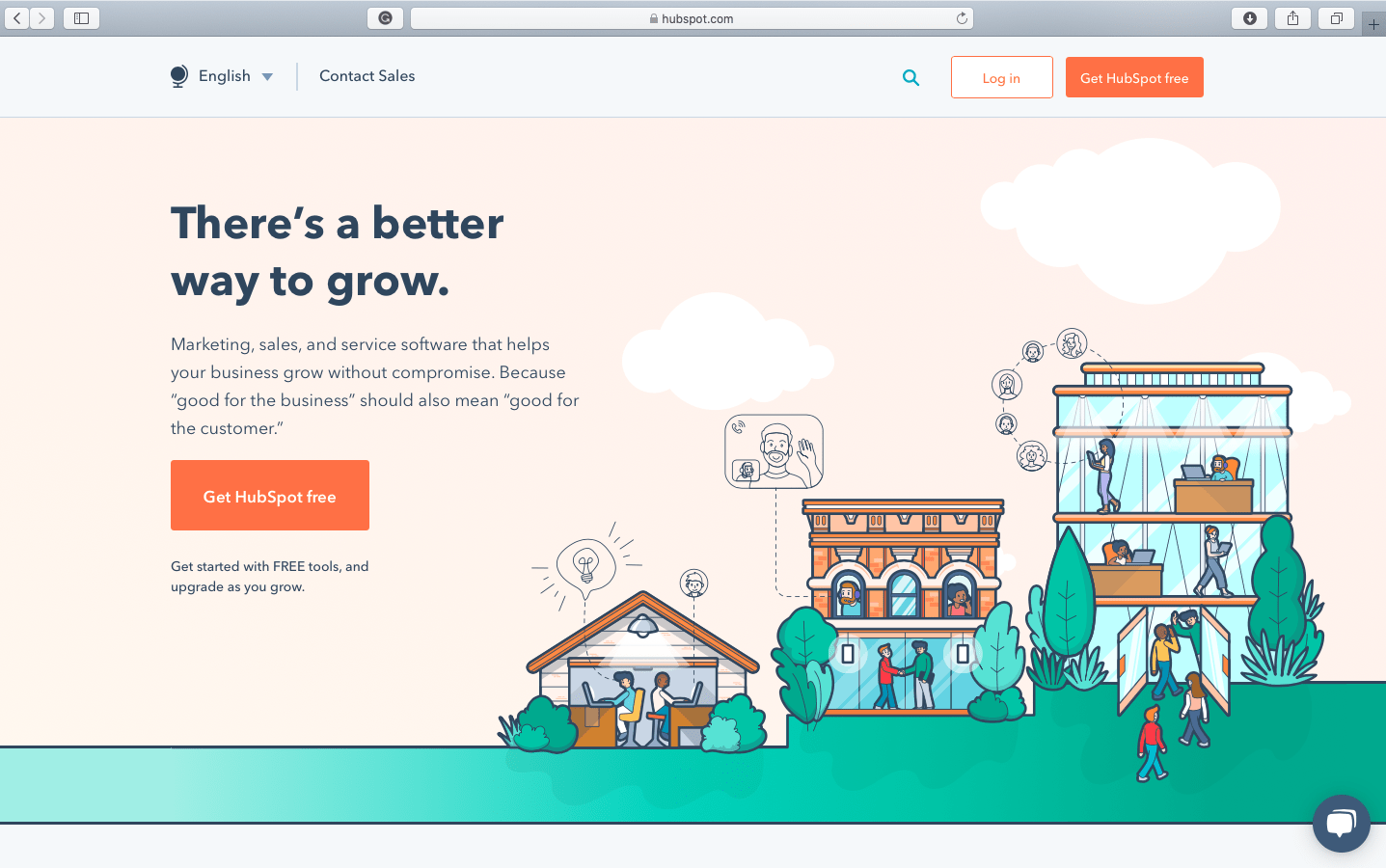
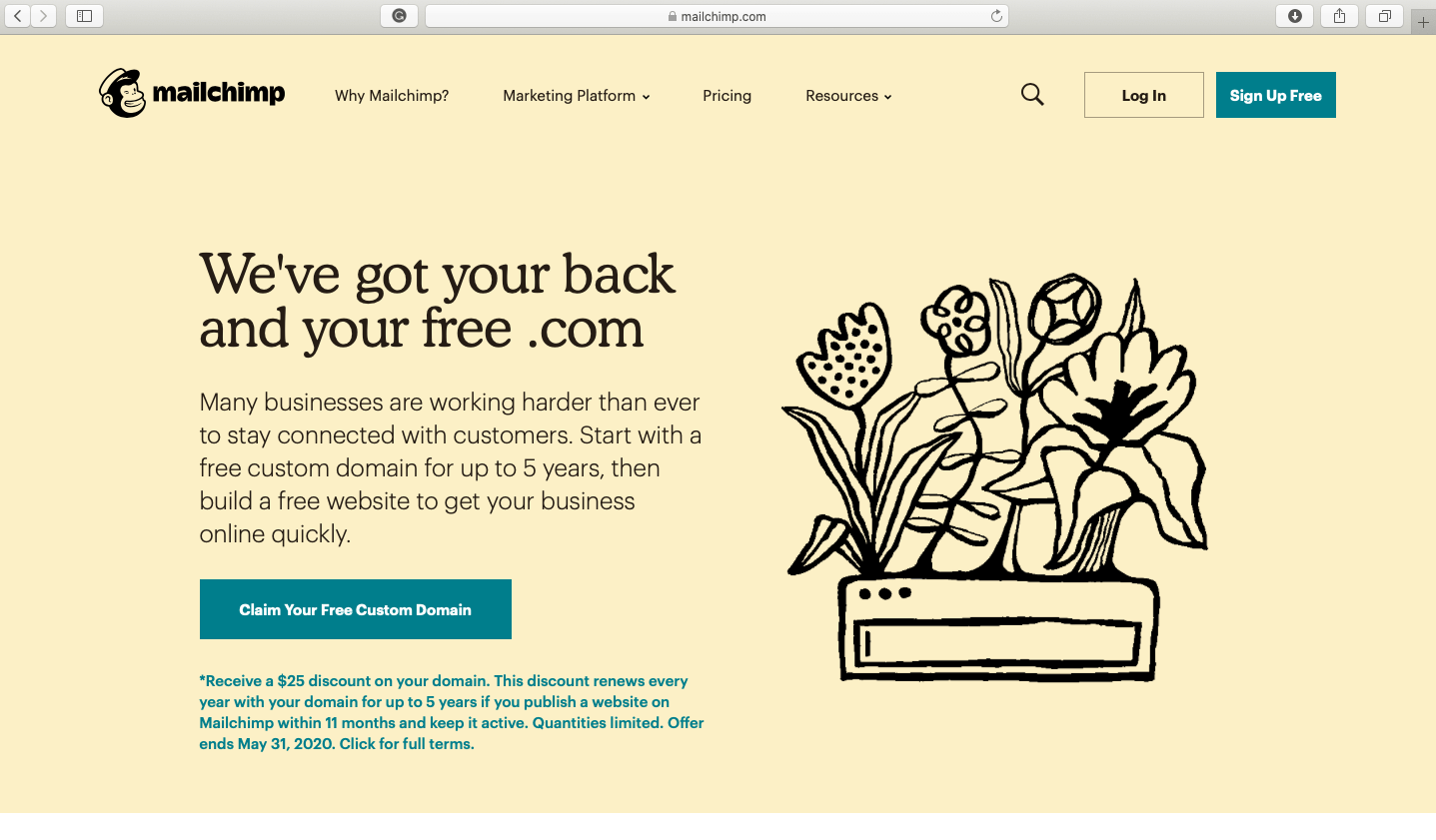
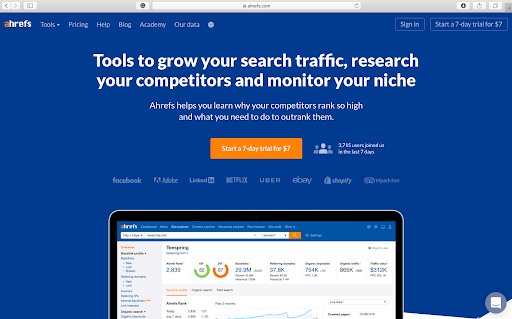
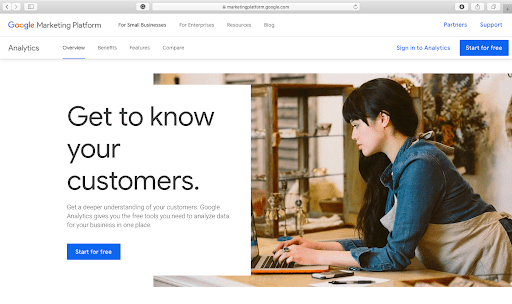
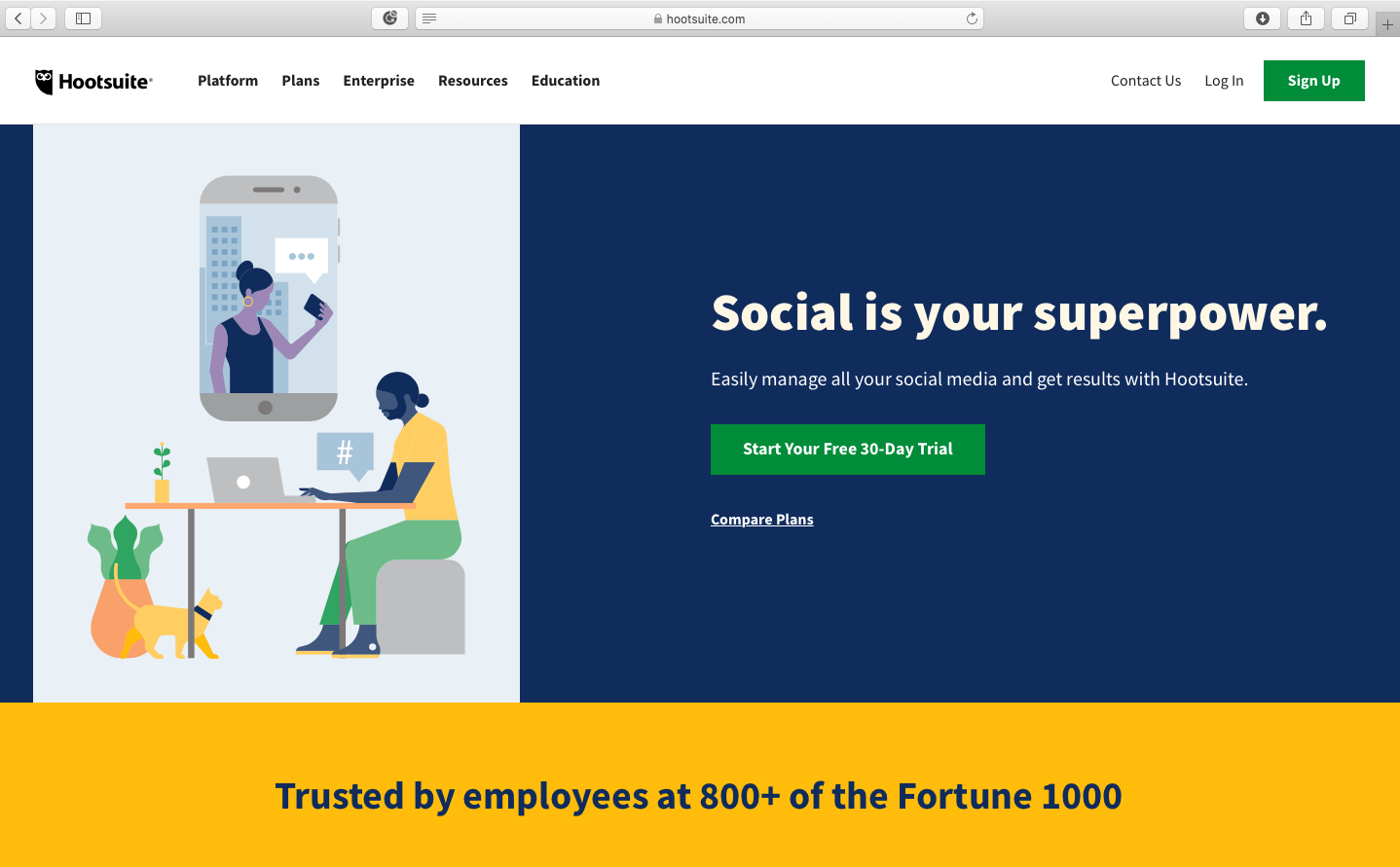
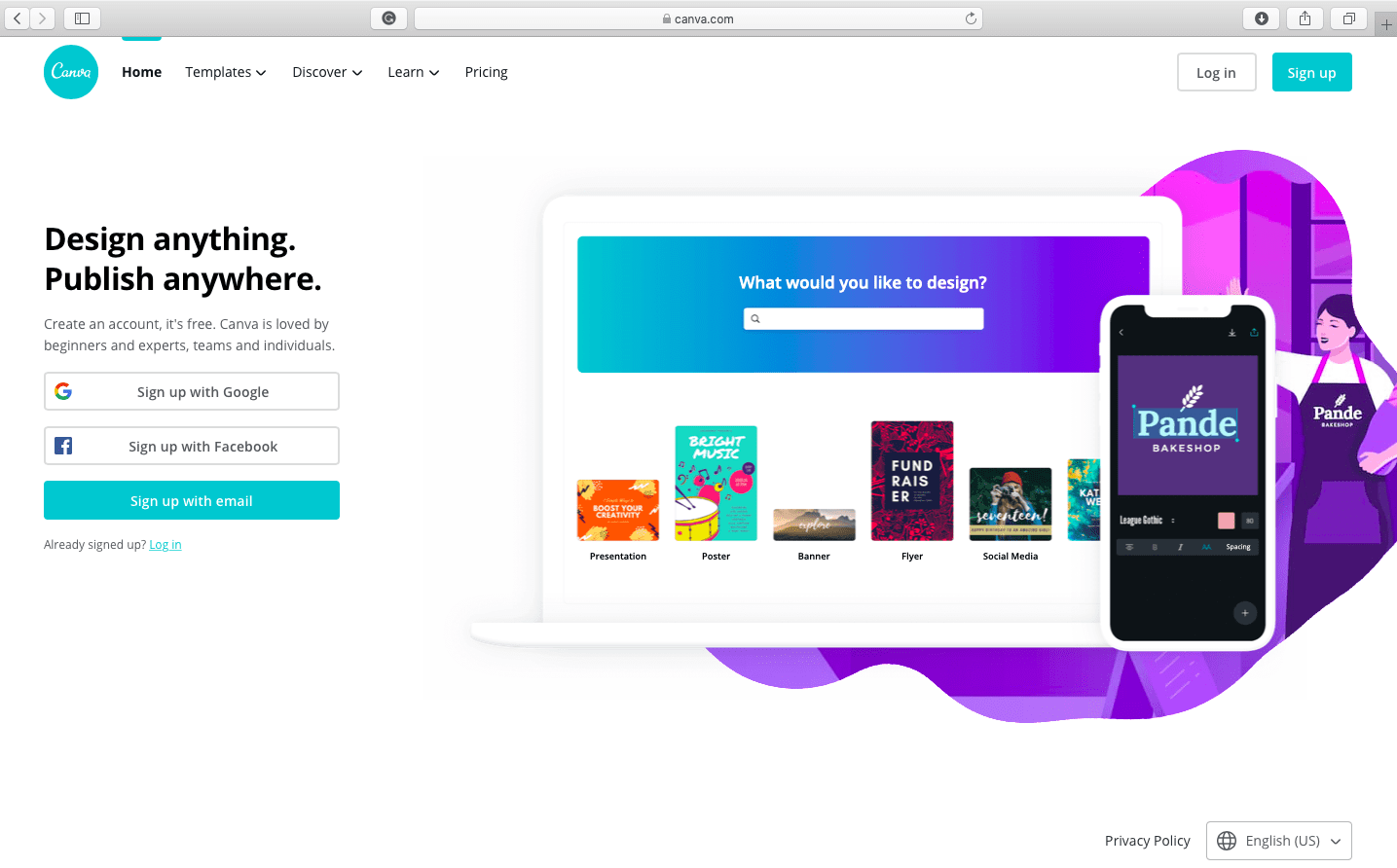
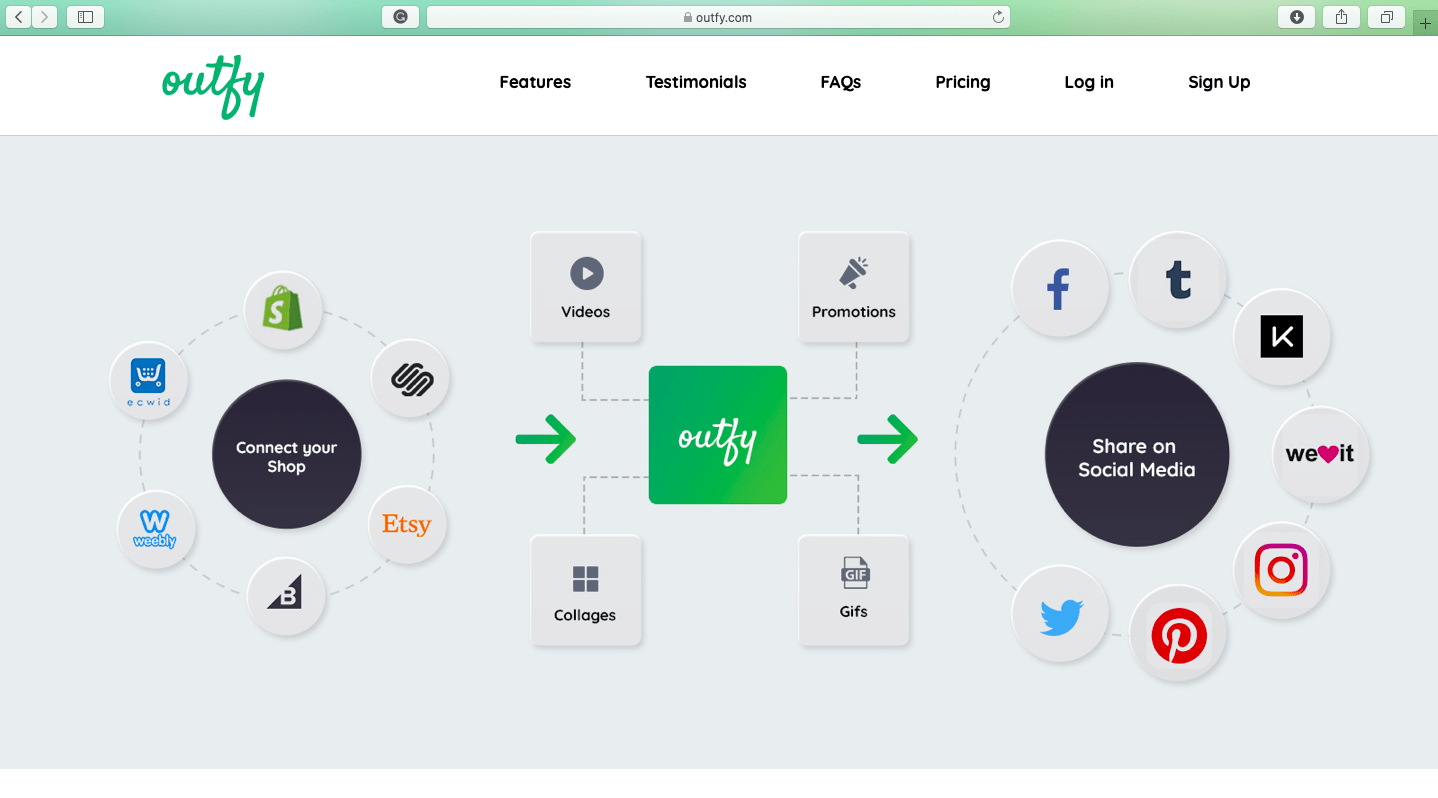

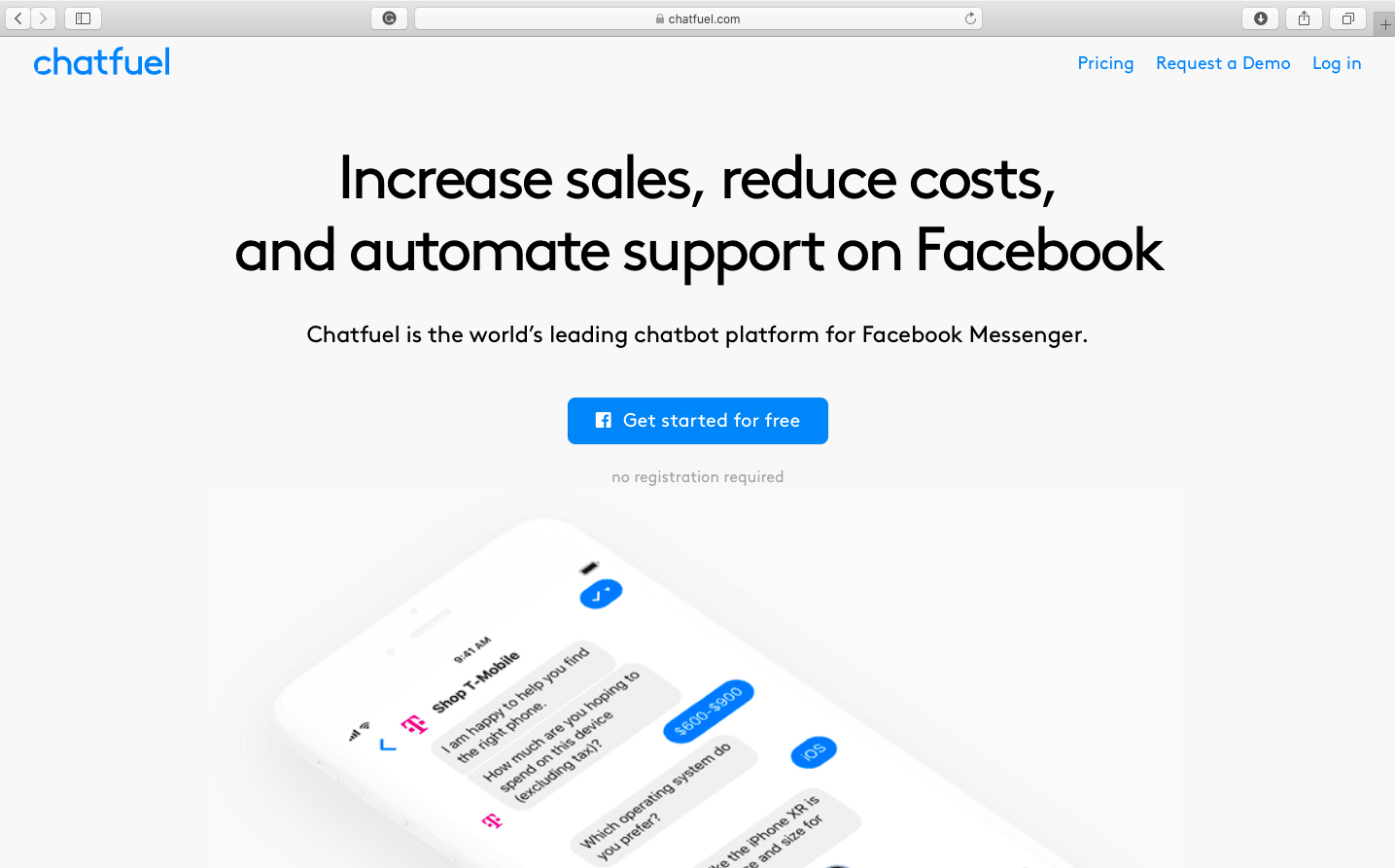
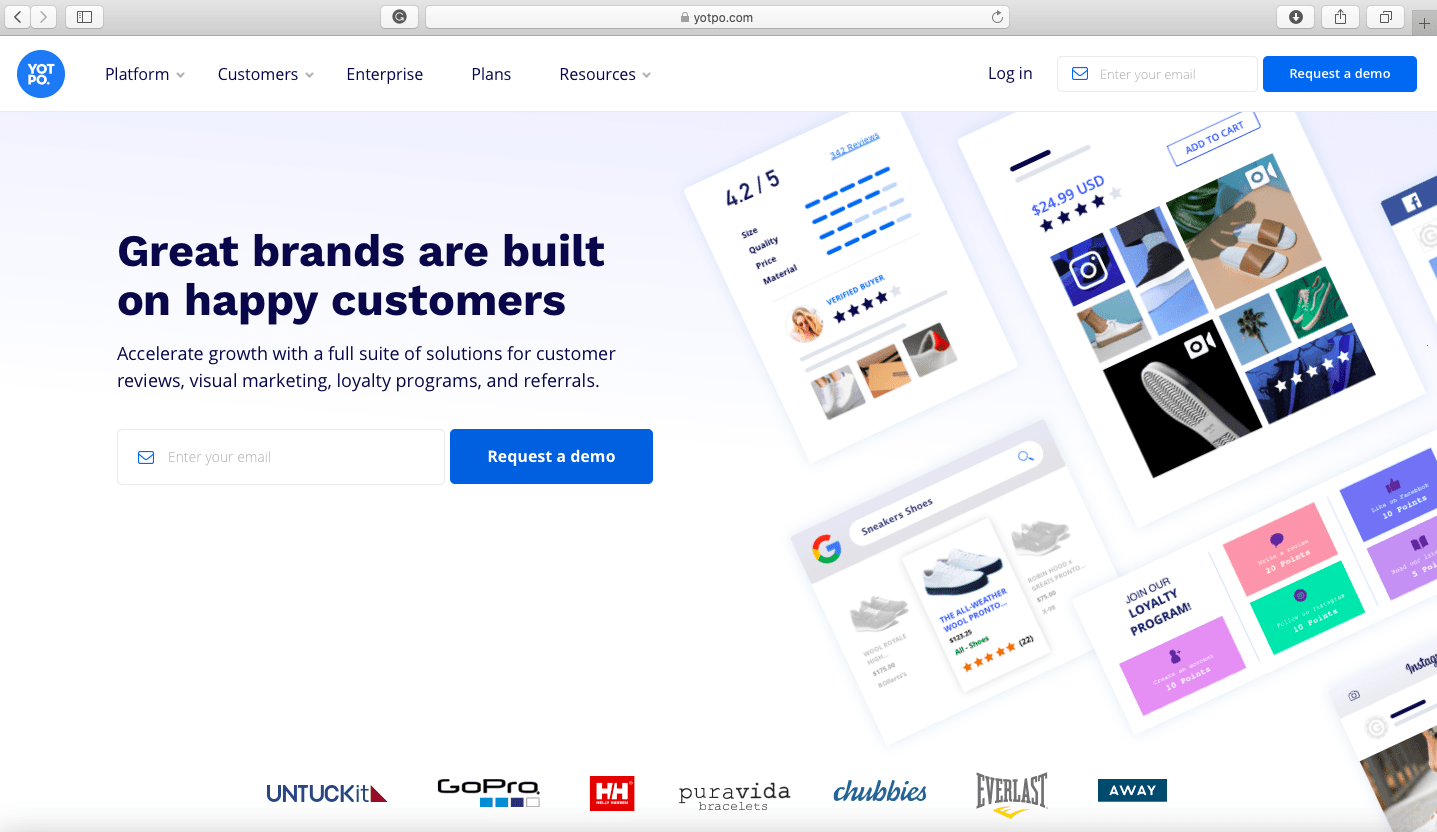

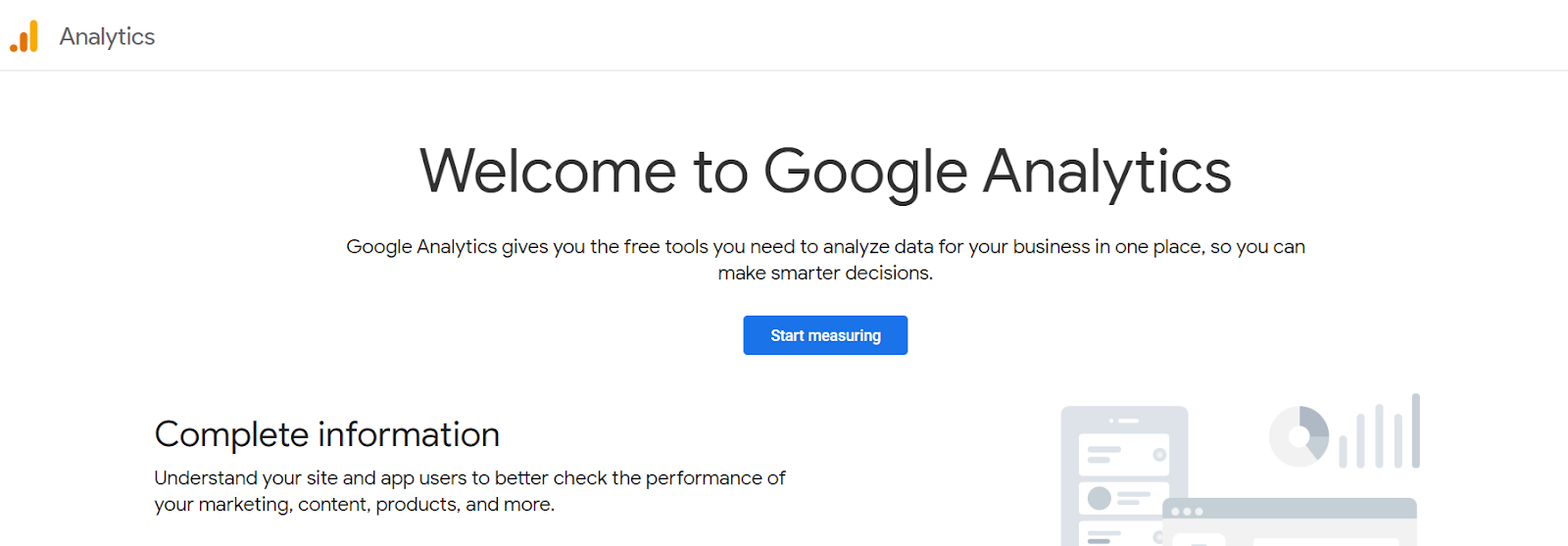 Image Source:
Image Source: 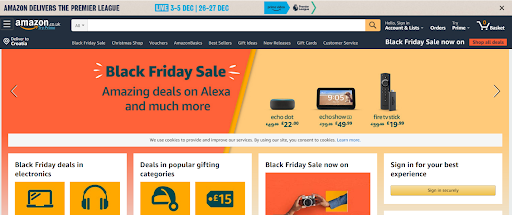 Image Source:
Image Source: 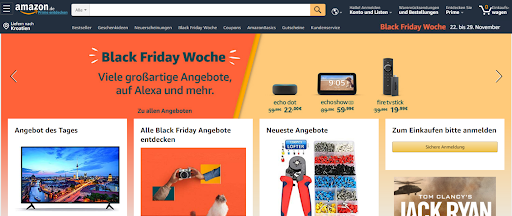 Image Source:
Image Source: 